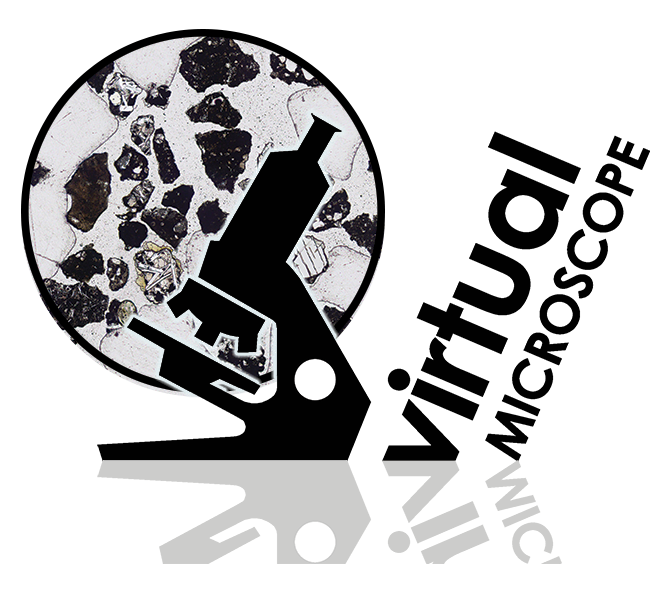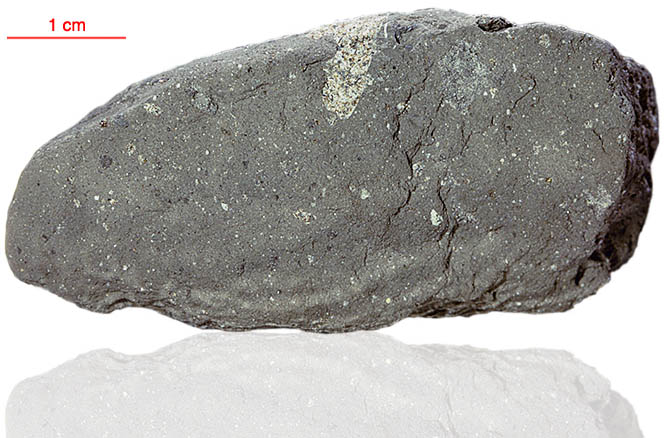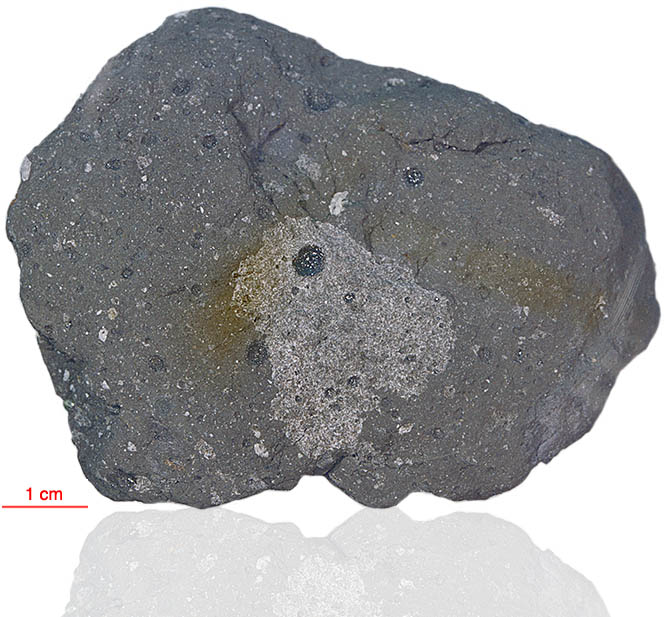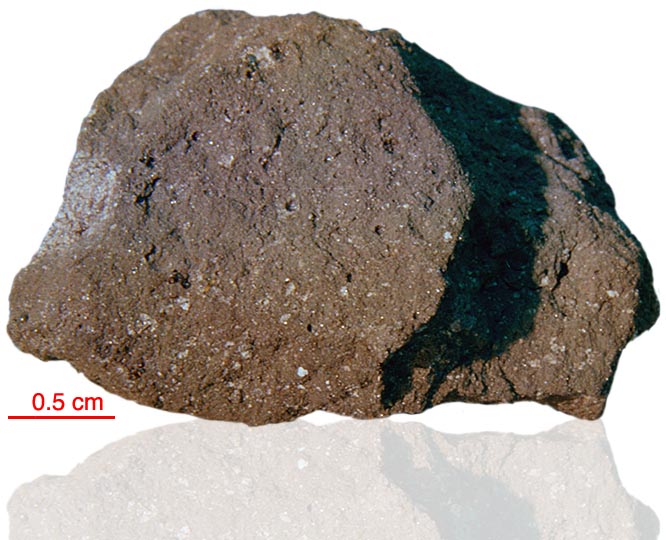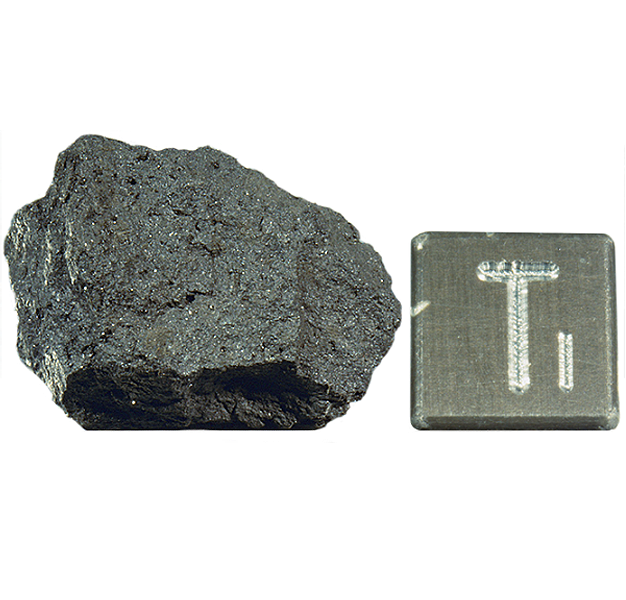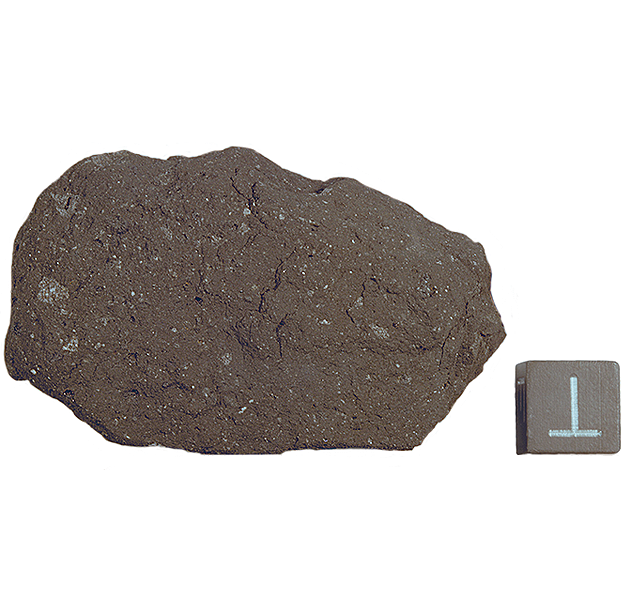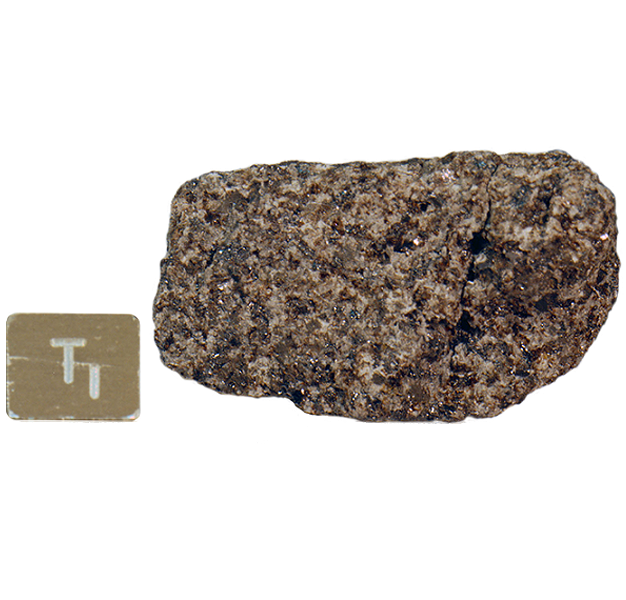
Fact sheet
Sample 10047 is a relatively coarse-grained, vuggy, ilmenite basalt that formed 3.7 billion years ago (method Ar/Ar dating). It is so similar to sample 10044 that it is thought they are parts of the same block.
The rock has an ophitic texture with pyroxene enclosing earlier-formed plagioclase feldspar and ilmenite. The pyroxene exhibits extensive chemical zonation. Associated with these major species are lower abundances of olivine, pyroxferroite, zirconolite, baddeleyite, phosphate (difficult to see in our section), cristobalite, ulvospinel, troilite and a K-rich glass. The newly discovered species "tranquillityite" was also reported from this sample in 1970.
Further details of this and other Apollo samples are here: http://curator.jsc.nasa.gov/lunar/
The Apollo 11 samples create an iconic collection since they were the first rocks collected by humankind that were returned to Earth from another solar system body. The Apollo 11 team collected and returned 22 kg of rock and soil samples.
Apollo 11 launched from Cape Kennedy on 16 July 1969. An estimated 530 million people watched Armstrong's televised image and heard his voice describe the event as he took "...one small step for a man, one giant leap for mankind" on 20 July 1969.

